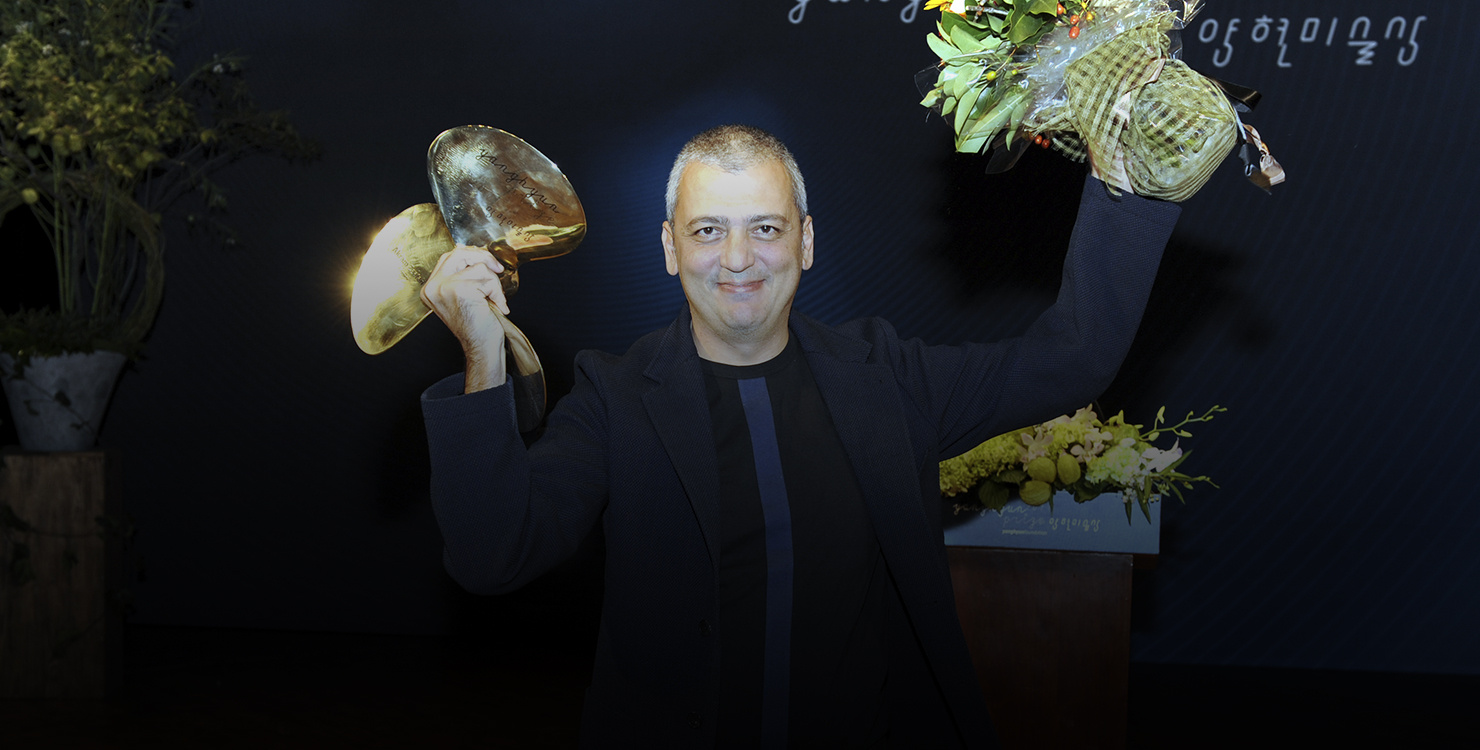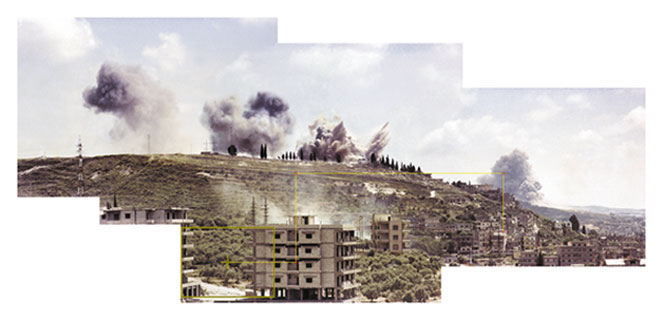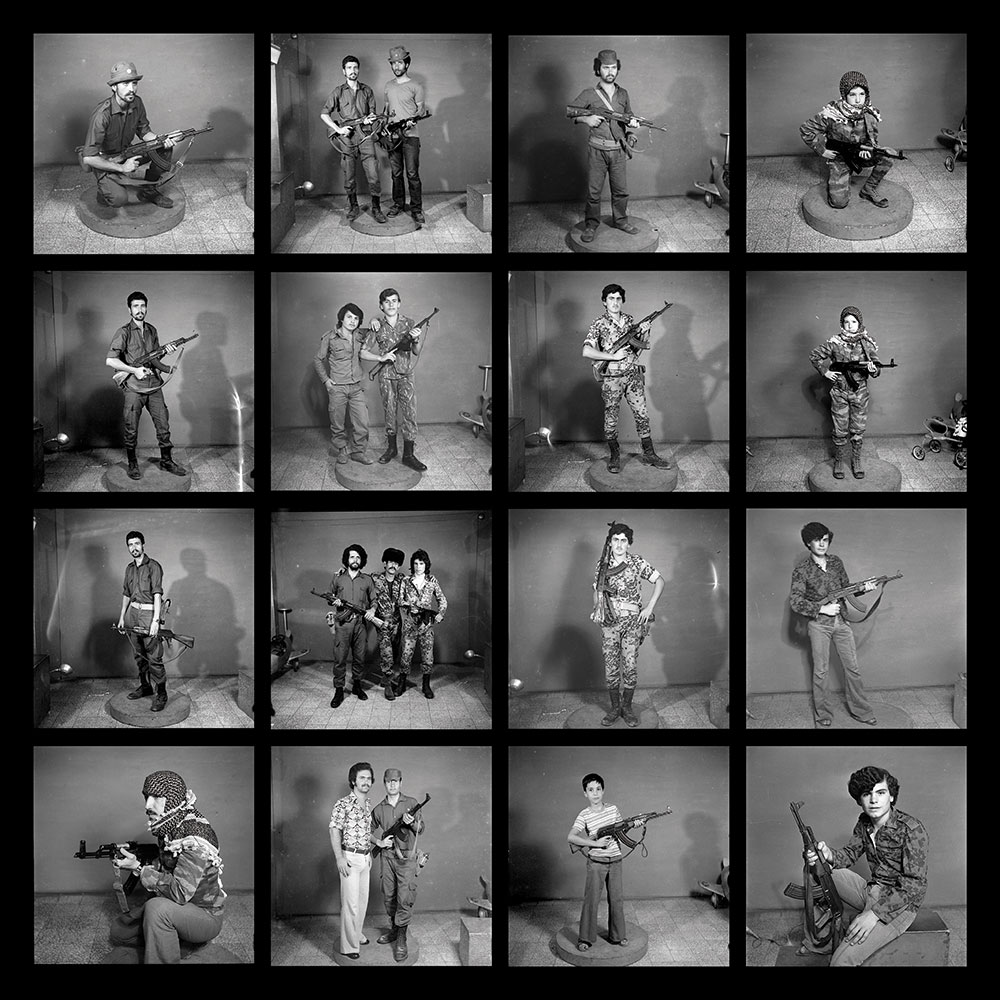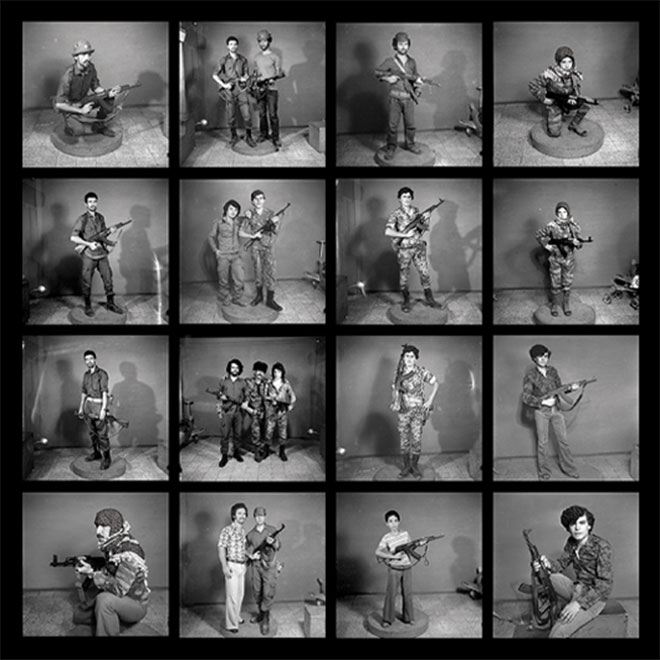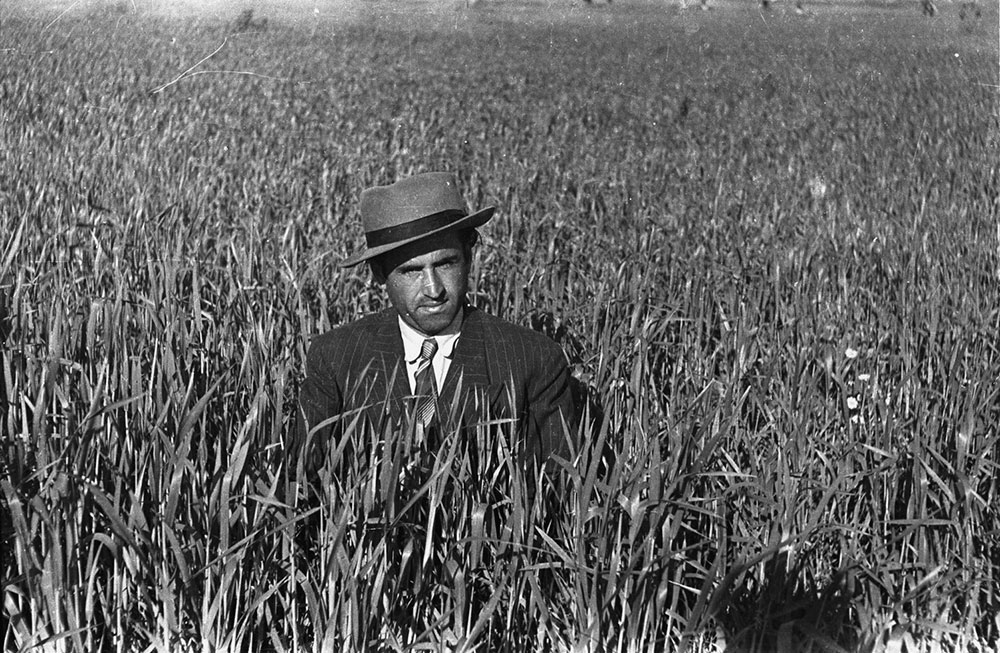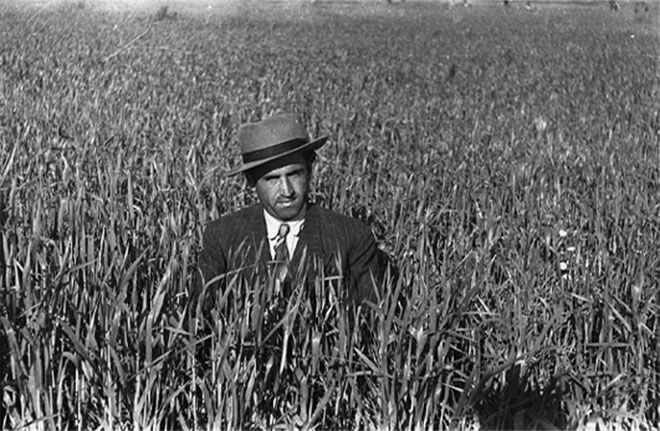The 4th Laureate
Akram Zaatari
Biography
The Yanghyun Foundation (Eunyoung Choi, Chief Director), announced Akram Zaatari as the winner of the 4th Yanghyun Prize on October 7th 2011.
He is awarded the 4th Yanghyun Prize as the honorable winner of the year at the award ceremony held at Lecture Hall, Sookmyung Art Center, Seoul, Korea, on Oct. 7th.
Akram Zaatari was born 1966 in Lebanon. Lives and works in Beirut.
Zaatari’s practice is tied to the practice of collecting. His work reflects on the shifting nature of borders and the production and circulation of images
in the context of the current political divisions in the Middle East.
His videos and photographic installations look into technologies of image production and communication and the notions of surveillance,
exploring the way different media apparatuses get employed in the service of power, resistance, and memory.
As co-founder of the Arab Image Foundation, Zaatari is deeply invested in examining how photography served to shape notions of aesthetics, postures and social codes,
therefore looking at the present through a wealth of past photographic records from the Middle East.
Zaatari has been focusing since 1999 on the archive of Studio Shehrazade in Saida (Lebanon) studying, indexing, and presenting the work
of photographer Hashem el Madani (1928 -) as a register of social relationships and of photographic practices.
He is author of more than 40 videos such as “Nature Morte” (2008), “In this House” (2005), This Day (2003), All is well on the Border (1997).
A section of his work addressed sex practices among men in Lebanon’s current society, particularly in Crazy of You (1997) and How I love You (2001).
Work
Jury Citation
▶ Fumio Nanjo (Director, Mori Art Museum, Japan) ▶ Phillip Vergne (Director, Dia Art Foundation, USA)
Akram Zaatari was born in 1966 in Saida, Lebanon. His work uses different media, such as performance, photography and video/film as a unique language
by which he express complex issues and situations from the life he is living.
It eloquently touches history and politics, personal and public, and the current cultures of the region.
As Co-founder of the Arab Image Foundation in Saida, Zaatari has invested deeply in archiving the material from the small photo studio, Shehrazade, in Saida since 1999,
researching and indexing the work of professional photographer, Hashem el Madani (1928-), who photographed almost all the inhabitants of the old city.
The use of the images became not the mere presentation of recorded facts, but also a rich body of artworks by re-reading, re-contextualizing and recreating the stories.
In this way, documentary photos became an incredibly rich source of art, revealing his creative inspiration, and re-defining the photo as the witness
and register of issues in social relationships, while the aesthetics used link to the social codes of daily life.
Since then, Zaatari's unique methodology of using an image archive has created a complex and critical dialogue between facts and stories, memory and history,
private and universal. Zaatari consciously plays on the genres of photographic practice and film, from the studio portrait to documentary filmmaking.
Reinventing these traditions in an attempt to adequately reflect the dynamics of image-making arising out of conditions of war, he has developed an extensive practice
in which he assumes the role of collector, researcher, or curator.
He considers his different photographic and film portraits as “objects of study”, collected for the purpose of specific phenomena, whether it is the practice of photography
in Lebanon or the broader Middle-East, or communicating the experience of imprisonment and acts of resistance.
Through a practice that defies the convention of storytelling, documentary film-making, as well as the authority of official history,
Zaataris’s work also raises the question of the artist’s responsibility in a time of conflict and war, a question that runs through the pages of art history books
from antiquity to the present, a question that asks how the unspeakable can be described and represented.





